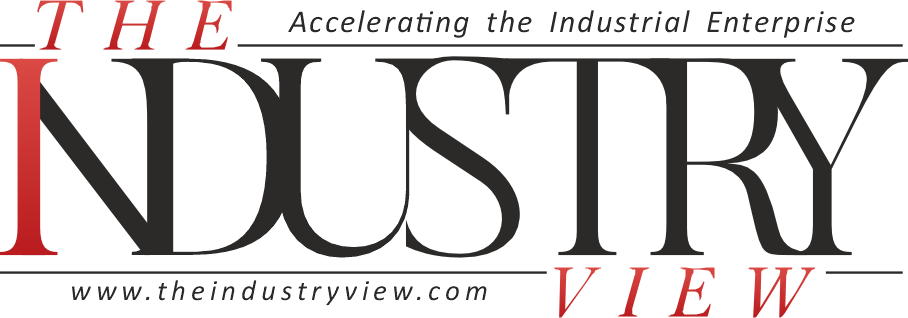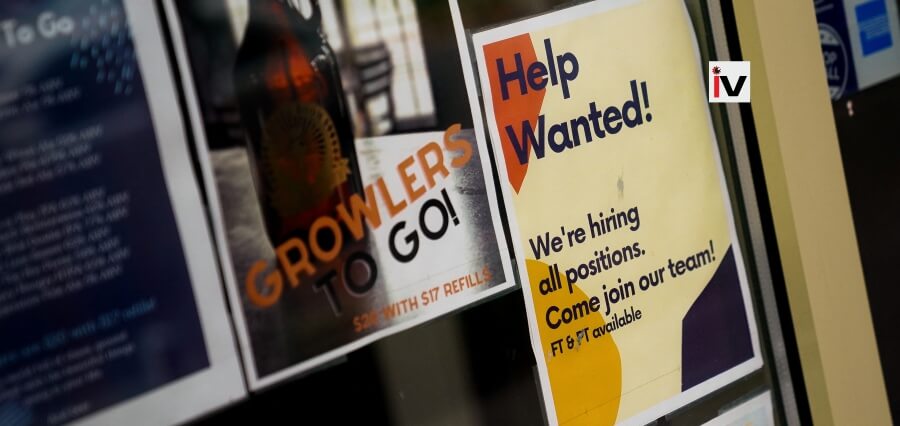The U.S. September jobs report initially led to market concerns about rising interest rates, with the 10-year Treasury bond dropping nearly 2%. However, the market reversed its reaction later in the day, and the S&P 500 closed up by 1.2%. The jobs report showed a gain of 336,000 jobs, with additional gains in July and August. While the data indicated a healthy job market, concerns about rising interest rates eased due to signs of a cooling job market. Notably, the measure of wage inflation posted its smallest increase since June 2021, aligning with the Fed’s 2% inflation target.
Despite the strong job gains, wage growth was cooler than expected, contributing to the market’s reassessment of interest rate expectations. The wage growth figure, along with factors like higher workforce participation and a growing labor force, suggested that inflationary pressures might not be as severe as feared.
Economists and bond investors have been interpreting the labor market data differently. While the job openings and labor turnover (JOLTS) report showed an increase in job openings, economists focused on metrics like the quits rate, which remained unchanged at 2.3%. This suggests that workers were not making significant job changes to pursue higher pay.
The bond market’s volatility also reflects concerns about government spending, deficit levels, and the risk of consumer and corporate defaults in a higher interest rate environment. However, the immediate market reaction to the September jobs report highlighted the importance of inflation indicators for the Federal Reserve’s decision-making.
The focus on price stability and indicators suggesting a soft landing in the labor market led to a reevaluation of the likelihood of imminent interest rate hikes. As the Fed aims to balance full employment and price stability, the data indicating that inflation is within reach may influence the central bank’s decisions. Investors and the Fed will closely watch upcoming inflation reports, such as the Consumer Price Index (CPI) and the Personal Consumption Expenditures Price Index (PCE), to gauge the inflationary outlook and potential monetary policy adjustments.
Read More: click here

